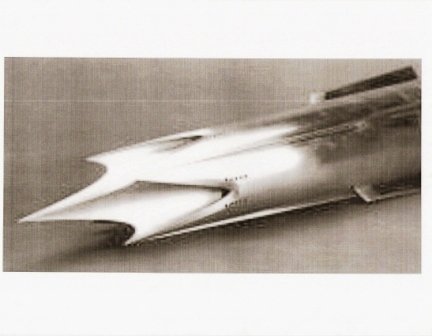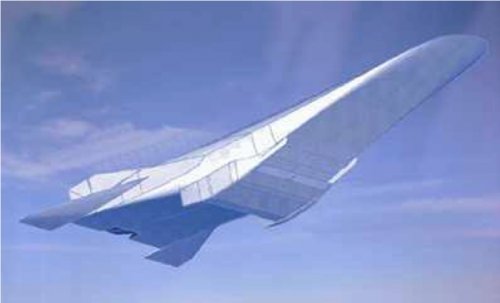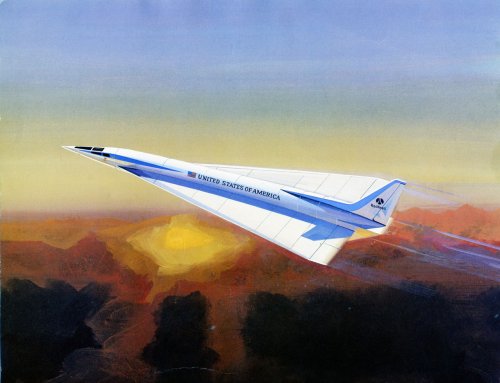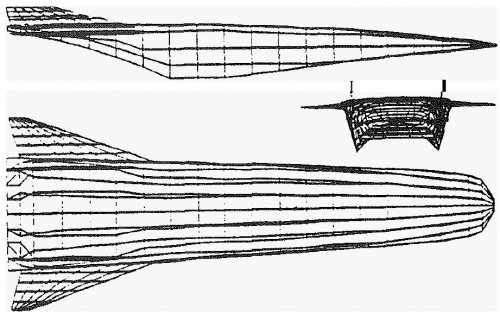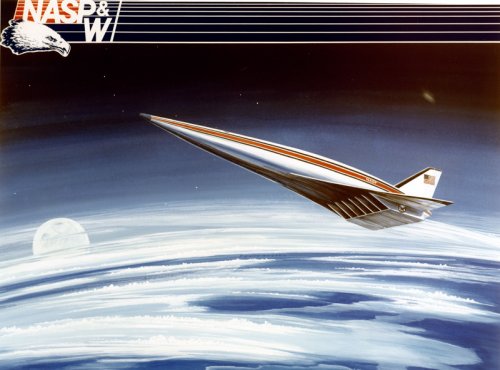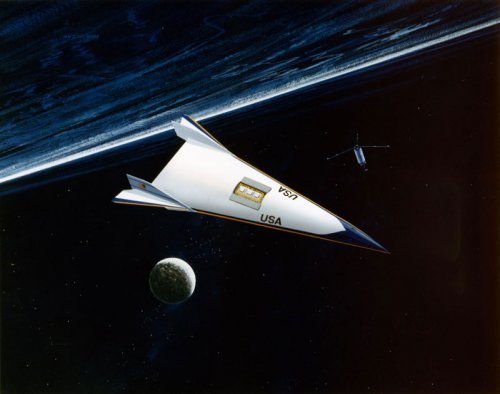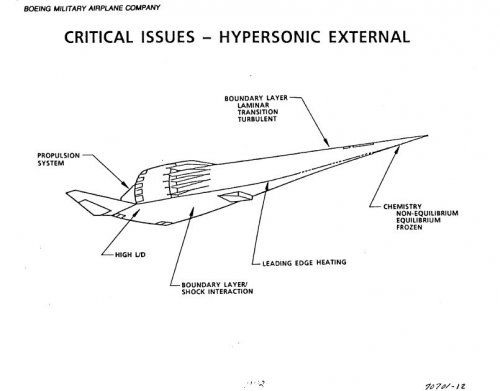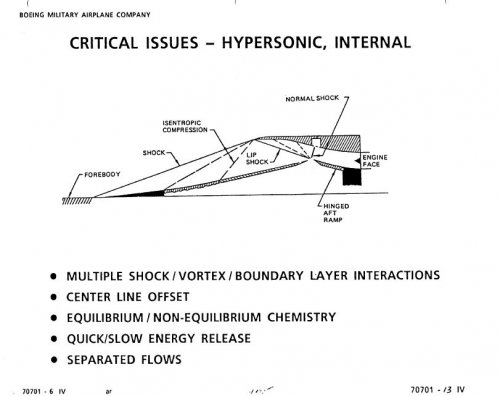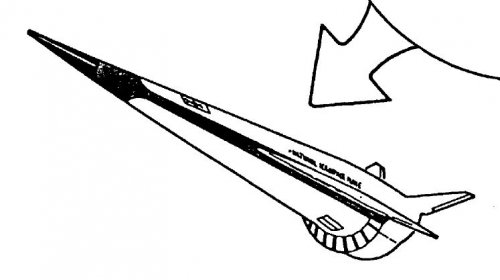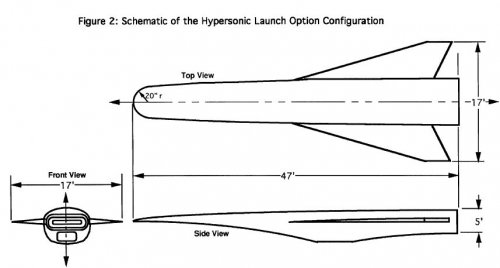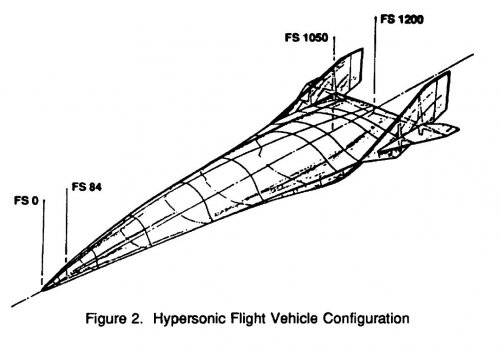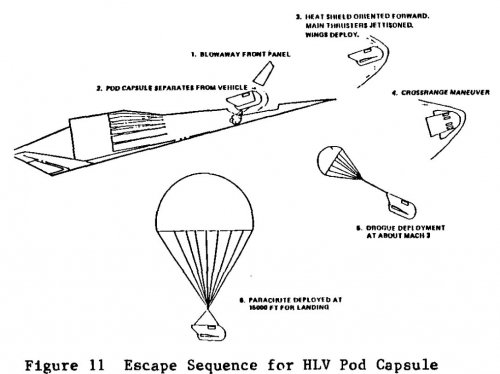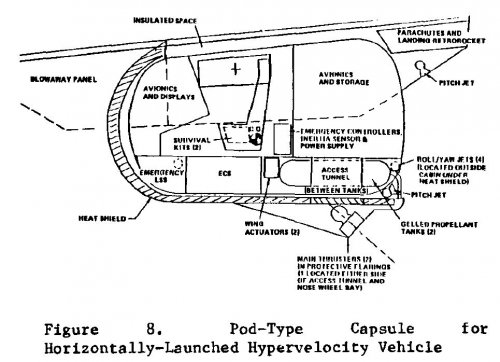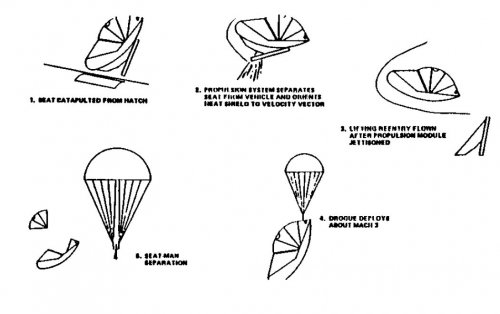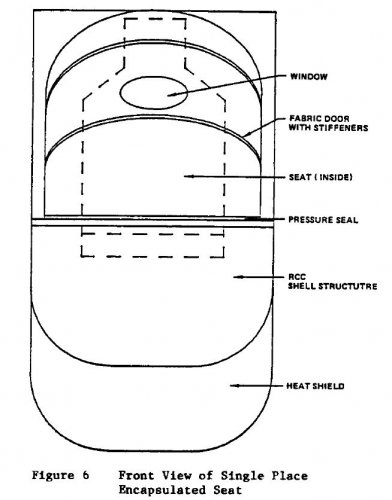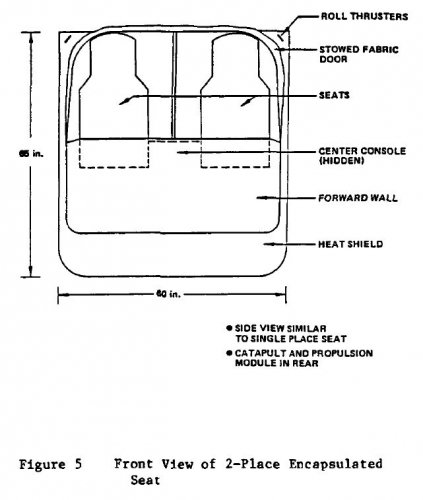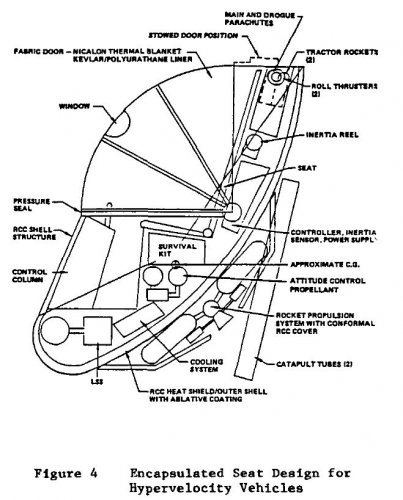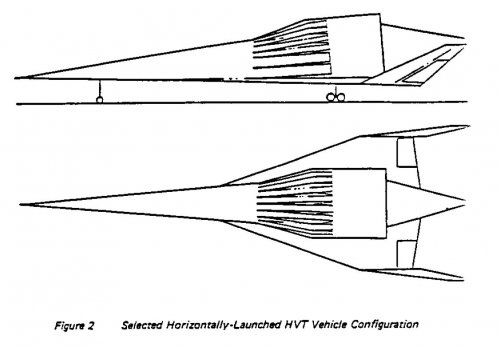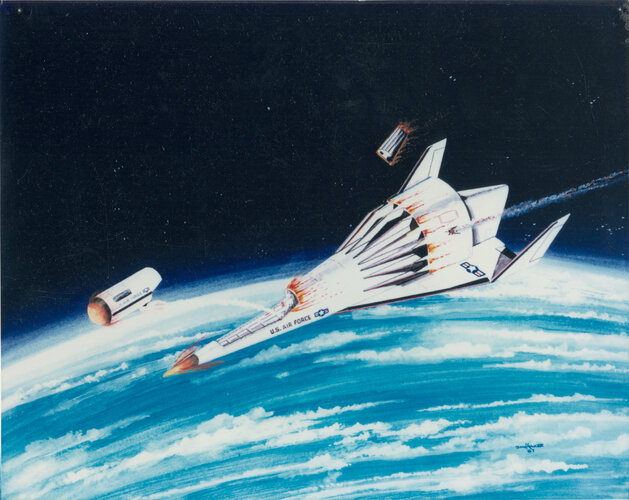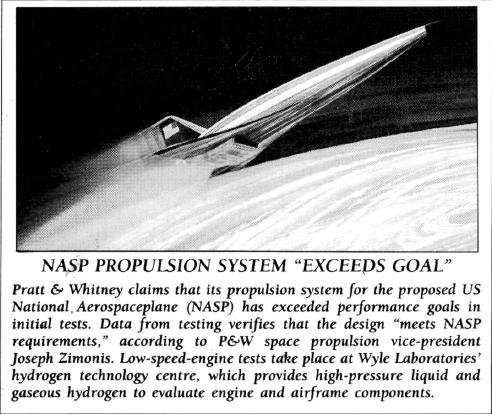Lee said:
In terms of speed, I think Mach 8 was as fast as Marquardt thought some of these design versions would go. Even at that speed, no air-breathing would be terribly efficient, but these are pretty good. Very large, though.
KJ_Lesnick, quoted: "Those designs use compressors in the design and not just a rocket -- turborockets. I've been told such designs are about as efficient as a 1960's era military turbofan."
I would agree, particularly for that time period.
However, as a point of discussion, a design similar to the Marquardt unit could have been installed in the GTX SSTO and the H2/O2 fuel/oxidizer weight possibly increased instead of scramjets. I think the SERJ was at least as good as any scramjet.
Marquardt's designs should be practical at those high velocities. Testing, if it's ever funded, would logically be done on a smaller scale than those drawing board versions above.
KJ_Lesnick: "Of course, you always test small, then scale up and if you can get the money, build it and all goes well, you build a prototype."
Sure. You have logic. But that's not what the Govt wanted with the 60's SST. The design could have been perfected on a smaller scale or disproven then with less cost. They didn't think of that then, though.
There are patents that feature moving inlet ramp scramjets, but whether they're any good or not is open to debate.
KJ_Lesnick: "Yeah, it would seem that if designed right most if not all of the work would be done by the fixed-geometry compression ramp. Any moving ramps, if necessary only, would be located inside the inlet-boxes."
I think using fixed geometry ramps are cheaper if one resets them after each test. The ultimate idea, I believe, is to test a prototype flight computer by having it go through different speeds and altitudes to test the whole air intake system as well as overall engine performance.
Kendra

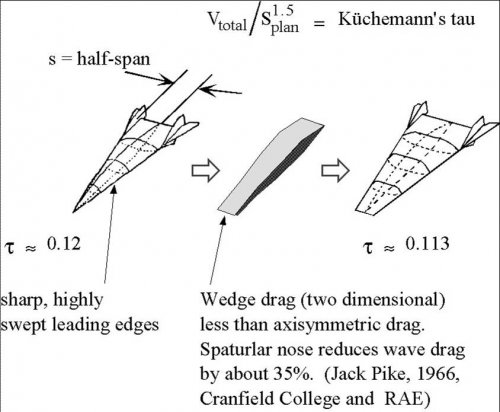
![x30c[1].GIF](/data/attachments/14/14607-22b18865023fa3f49647ba711280cba0.jpg)
